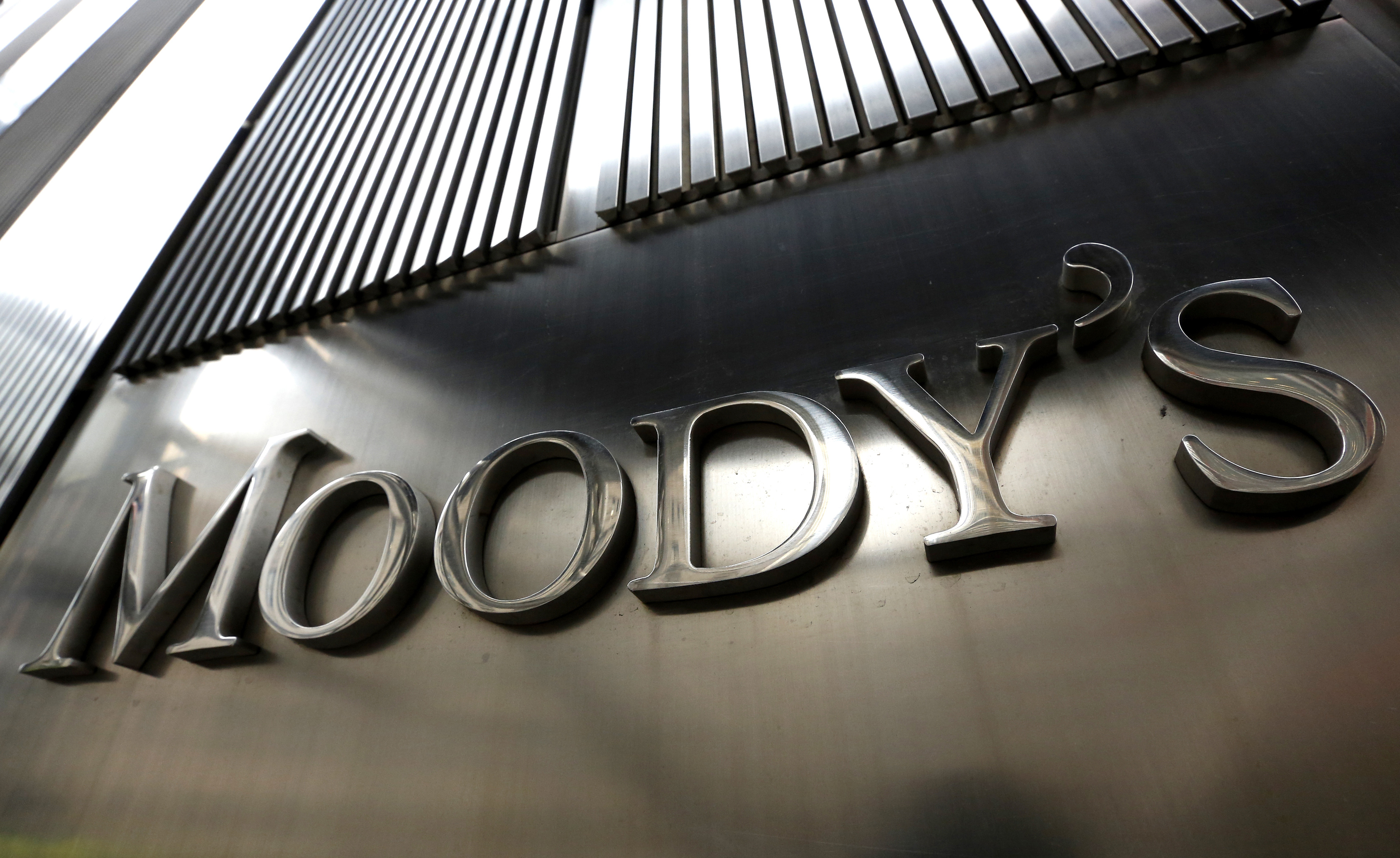September, 23, 2014

Anushka Shah, Analyst, Sovereign Risk Group, Moody's Investors Service Singapore Pte. Ltd.
Tom Byrne, Senior Vice President, Sovereign Risk Group, Moody's Investors Service Singapore Pte. Ltd.
** Below is an article from "Moody's Credit Outlook", Sep 22, 2014 issue.
On Tuesday, the Government of Sri Lanka (B1 stable) and Government of China (Aa3 stable) announced they had inked a CNY10 billion ($1.6 billion) swap-line agreement. The agreement is credit positive for Sri Lanka because it will bolster its external liquidity position and enhance trade flows between the two countries. We also expect the broader package of trade and investment initiatives Chinese President Xi Jinping launched during his Tuesday-Wednesday visit to the island nation to support Sri Lanka’s growth prospects.
The swap line will provide a helpful liquidity backstop for Sri Lanka, whose foreign reserves climbed to $8.1 billion as of June from $6.5 billion at the end of last year, aided by a contraction in imports owing to weak domestic demand. Nonetheless, official foreign-exchange reserves are just about sufficient to cover debt maturing over the coming year in the event of a sudden halt in external funding. Our External Vulnerability Indicator for Sri Lanka in 2015 is 97.2% – just below the 100% prudency threshold – illustrating the borderline nature of reserve adequacy. The swap line will also support Sri Lanka’s external liquidity position by facilitating trade with China and ensuring the continuity of foreign inflows. Bilateral trade has trebled over the past five years, reaching $3.1 billion in 2013.
President Xi’s announcement of financing support for large infrastructure projects, such as a $1.5 billion port city complex in the capital of Colombo, and the recent completion of a coal-fired power plant also highlight the potential for stronger ties with China to bolster Sri Lanka’s economic potential. Last year, China accounted for about a quarter of Sri Lanka’s total foreign direct investment (FDI), making it the largest overseas investor in the country. China has also provided development loans for several key infrastructure projects, particularly in ports, roads, telecommunications and tourism.
The start of negotiations between China and Sri Lanka on a Free Trade Agreement and Sri Lanka’s commitment to join the Maritime Silk Road, which will link China with Africa and the Middle East via South Asia, are likely to support further trade and investment inflows. Overall FDI into Sri Lanka has risen 55% this year versus last year to $850 million during the first half of 2014, following a 19.7% increase during the same period of 2013.
This pickup in FDI momentum underscores Sri Lanka’s diminishing reliance on debt to finance its current-account deficit, a feature that has weighed on the sovereign credit profile. It will also mitigate any further ratcheting up in external debt, which at 59% of GDP is the highest in Asia Pacific after Mongolia (B2 negative) and Papua New Guinea (B1 stable), and above the 43.2% average for B-rated peers.
Video Story